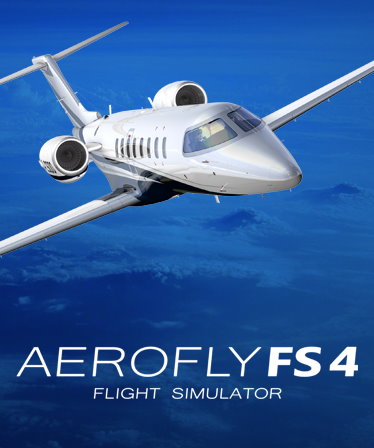Description
The Aérospatiale/BAC Concorde is a British-French supersonic passenger airliner for up to 128 passengers which first flew in 1969 and retired in 2003. With a cruise speed of twice the speed of sound (Mach 2.02) she could fly from New York to London in just 3.5 hours and flew as high as 60,000ft. The delta wing of the plane is easy to recognize and optimal for high speed but for takeoff and landing the angle of attack needed to be unusually high which is why the nose of the plane had to be lowered for better visibility. The Concorde was powered by four afterburning RR Olympus 593 turbojet engines which produced up to 169kN of thrust each. High ticket prices and noise concerns were the reason why only 20 aircraft were ever built.
 English
English Deutsch
Deutsch









